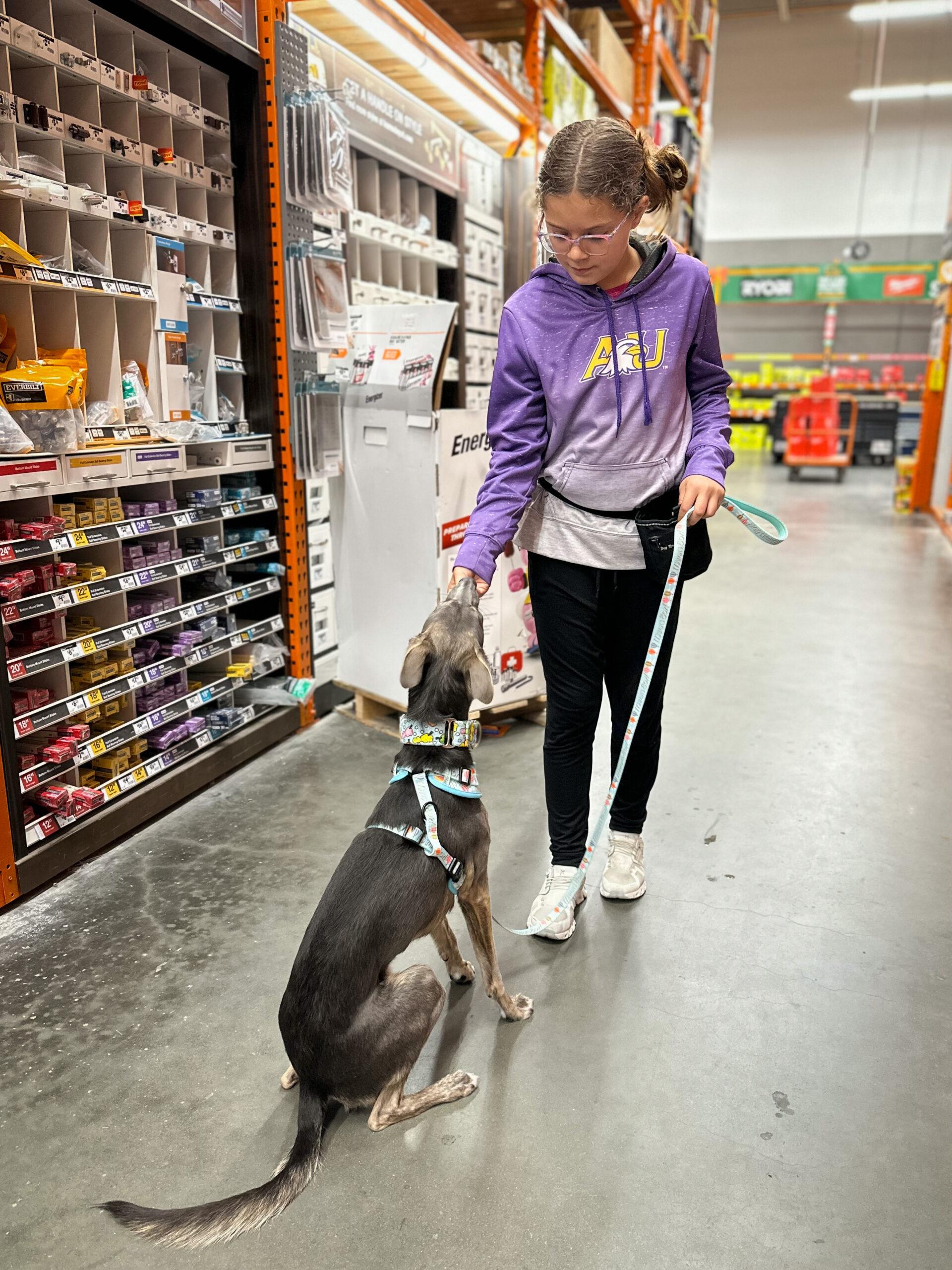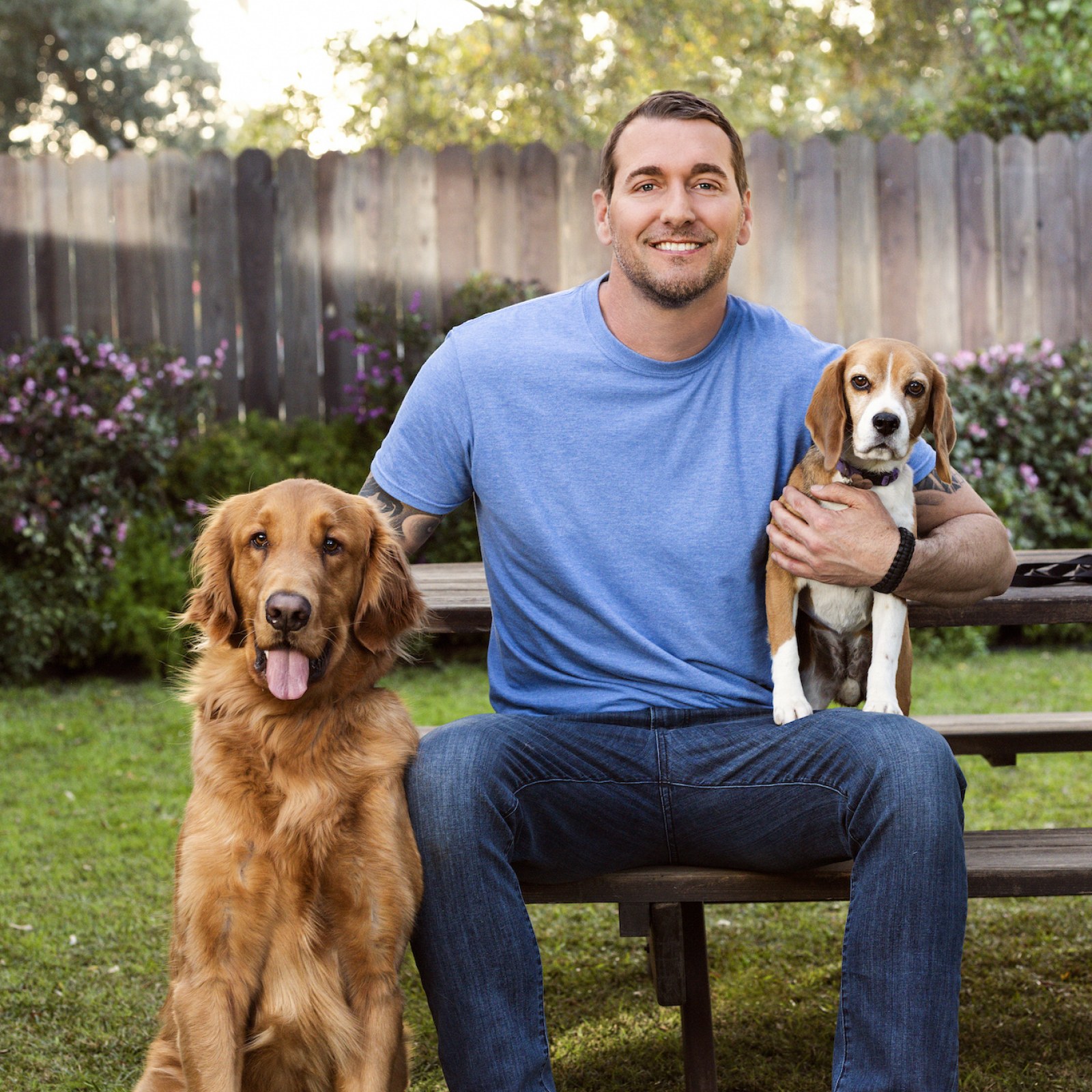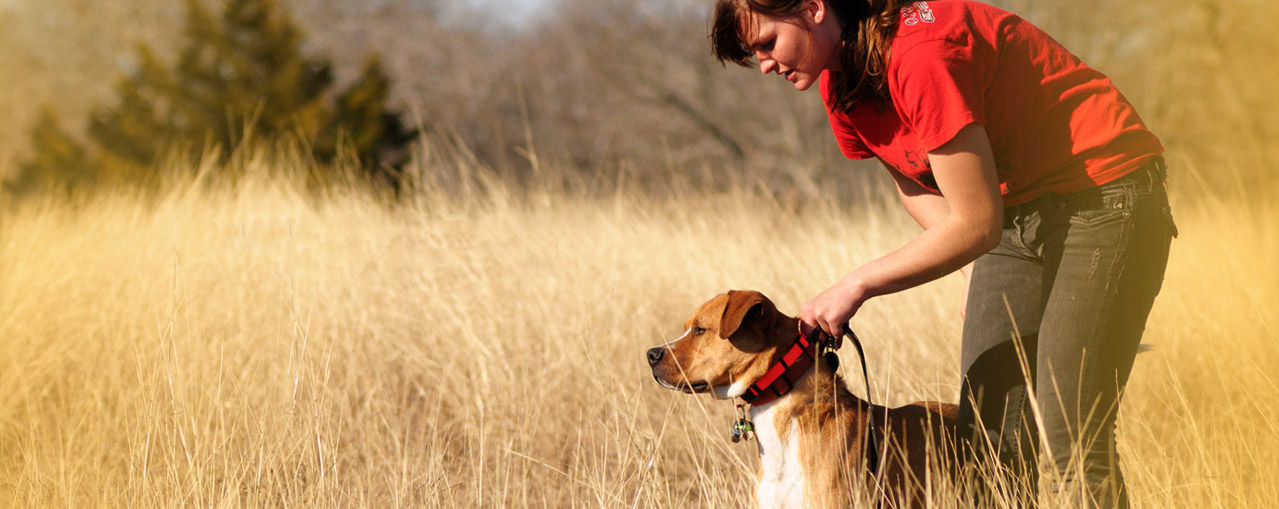Essential Tips for Successful Dog Training: A Guide for Beginners
Essential Tips for Successful Dog Training: A Guide for Beginners
Blog Article
Leading Pet Educating Methods Every Proprietor Must Know

Positive Reinforcement Techniques
Using favorable reinforcement methods is important for reliable pet training, as it promotes a trusting bond in between the pet dog and the instructor. This technique concentrates on rewarding desirable behaviors instead of punishing unfavorable ones, creating an atmosphere conducive to learning. Rewards can consist of deals with, appreciation, or playtime, which inspire pets to duplicate the actions that earn them these benefits.

Additionally, this strategy improves the pet's enthusiasm for training sessions. When pets associate training with positive experiences, they are a lot more engaged and receptive. Beyond immediate therapy, favorable reinforcement urges a joint connection between the dog and fitness instructor, minimizing anxiousness and fear
To make best use of efficiency, it is critical to provide rewards promptly, guaranteeing the pet connects the actions with the support. Basically, favorable reinforcement techniques not only generate better-trained pets yet likewise advertise a harmonious collaboration in between dog and owner.
Remote Control Training Method
The remote control training technique is an extremely efficient technique that builds upon the concepts of favorable support by including a distinctive noise to mark desired actions. This method makes use of a tiny portable device that generates a clicking sound, permitting fitness instructors to interact with their dogs in a clear and immediate manner. When a canine executes a behavior that the proprietor wishes to urge, the remote control is activated, adhered to by a benefit, generally in the kind of deals with or praise.
The secret to successful clicker training hinges on consistency and timing. It is vital to click at the exact minute the desired actions happens, making sure that the canine connects the sound with the activity and the subsequent reward. This technique not just improves communication however additionally fosters a stronger bond in between the pet and the proprietor, as it encourages involvement and communication during training sessions.
Clicker training can be used to a selection of commands and actions, from basic obedience to much more complicated tricks. Its adaptability and efficiency make it a preferred strategy amongst professional trainers and pet dog owners alike, leading the way for a well-trained and responsive canine companion.
Chain Training Basics
Reliable chain training is crucial for making sure a secure and pleasurable strolling experience for both pet dogs and their proprietors. Dog training. Chain training ought to start very early and be approached with patience and consistency. Begin by selecting an appropriate chain and collar or harness. A flat collar might help some pets, while others may gain from a harness that decreases drawing.
Present your canine to the leash progressively, allowing them to my blog explore it in a comfortable environment. Once they are accustomed, method loose-leash strolling. This involves rewarding your dog for walking close to you as opposed to pulling ahead. Usage deals with and appreciation to strengthen preferred behavior, and be sure to continue to be tranquil and assertive.
If your dog begins to draw, stop walking right away. Wait till they return to your side prior to resuming. This instructs them that pulling does not result in progress. In addition, practice different strolling settings to help your dog adjust to interruptions.
Routine technique will solidify your canine's understanding of chain etiquette. Bear in mind that chain training is an ongoing process; patience and uniformity will certainly yield the ideal results, fostering a positive experience for both you and your canine companion.
Socializing Approaches
Socializing is an important aspect of pet dog training that should preferably begin throughout puppyhood but can be valuable at any type of age. Effective socialization helps pets develop confidence and lowers the probability of behavioral problems. To implement successful socializing approaches, expose your canine to a selection of environments, individuals, and other animals.
Beginning with controlled settings, such as young puppy classes or organized playgroups, where young canines can connect safely. Progressively introduce your pet dog to new experiences, including different sounds, surfaces, and activities. Guarantee these experiences are favorable and gratifying to establish a sense of safety and security.
For adult dogs or those doing not have exposure, start with low-stress situations. Short, favorable interactions with pleasant human beings and tranquil pet dogs can produce positive associations. Use deals with and appreciation to strengthen desirable habits throughout these experiences.

Uniformity and Patience
Identifying the value of uniformity and perseverance in canine training is essential for accomplishing long-term outcomes. Irregular training can lead to complication, making it difficult for the canine to realize commands or habits, eventually impeding progression.
In addition, patience is an essential element of efficient training. Pets, like human beings, learn at their very own pace. Some may realize ideas swiftly, while others might take longer. It is essential for owners to stay supportive and calm, strengthening favorable actions without considering aggravation or penalty. This promotes a trusting relationship between the dog and owner, motivating a much more eager and passionate learner.
To cultivate consistency and persistence, establish a regular training routine, use the very same commands, and guarantee that all member of the family apply the same training principles - Dog training. By doing so, you produce a secure setting for learning, allowing your pet to thrive and develop right into a mannerly buddy
Verdict
In over here verdict, effective pet training techniques, such as positive support, clicker training, and proper leash training, are important for cultivating a healthy and balanced owner-dog partnership. Furthermore, carrying out socializing techniques and maintaining uniformity and persistence throughout the training procedure adds substantially to a canine's total wellness. By integrating these approaches, canine owners can assist in the development of well-adjusted, obedient pet dogs, ultimately enhancing the top quality of life for both the canine read this post here and the proprietor.
Among the most noticeable techniques are favorable support, remote control training, and leash training, each offering one-of-a-kind benefits that add to a well-behaved pet. As we discover these fundamental methods, it becomes noticeable that mastering their nuances can significantly affect the training experience and the dog's general actions.Making use of positive support strategies is vital for reliable dog training, as it fosters a relying on bond between the instructor and the canine.In conclusion, effective pet training techniques, such as positive reinforcement, remote control training, and correct leash training, are crucial for cultivating a healthy owner-dog relationship. By integrating these techniques, pet proprietors can help with the advancement of well-adjusted, loyal pet dogs, inevitably enhancing the quality of life for both the proprietor and the dog.
Report this page